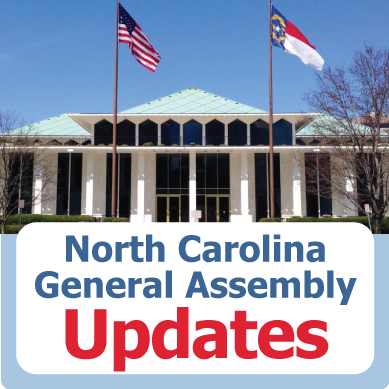House Budget Proposal: No Arts Cuts, K-5 Arts Requirement, & NC Arts Council Changes

On May 19th the NC House of Representatives released their two-year spending plan for FY26 and FY27 which had no funding cuts to the arts, included the K-5 Visual and Performing Arts Requirement and suggested changes to the size and appointment process of the NC Arts Council Board. This budget proposal will almost certainly move unchanged through the NC House this week, and then representatives from both the House and Senate will work together to create a conference budget that can be passed by both chambers and then sent to Governor Stein.
Legislators in both chambers are currently very cautious about increased spending as the future of federal funding to the states is in question due to recent grant terminations across many departments. This coupled with lackluster revenue forecasts is creating a tense budgeting process. While Arts NC is grateful for sustained funding, we will continue to work through the conference committee process to increase funding for NC Arts Council grants and A+ Schools of North Carolina and to remove county restrictions for the Grassroots Arts Program.
Arts NC is very encouraged that the language from H418 was included in the NC House budget proposal. This would require all K-5 public school students to receive both performing and visual arts instruction from subject-licensed educators in a standard-sized class at least once every five instructional days. This is the farthest this initiative has progressed at the NC General Assembly since Arts NC helped craft the legislation in 2023.
There is also language in the House proposal that would change the size of the NC Arts Council Board from 24 governor-appointed members to 9 with three appointed by the governor, “three upon the recommendation of the Speaker of the House of Representatives, and three upon the recommendation of the President Pro Tempore of the Senate.” The primary concern of Arts NC is that the current 24-member Council allows a representation of urban and rural, mountain and coastal, young and old, as well as various cultures and heritages. Reducing the Council to just 9 members would inevitably leave many voices unheard, particularly those from rural communities and other underserved areas.
Arts NC is already communicating these concerns about this change as well as our other policy priorities to legislators who will likely serve on the budget conference committee.

